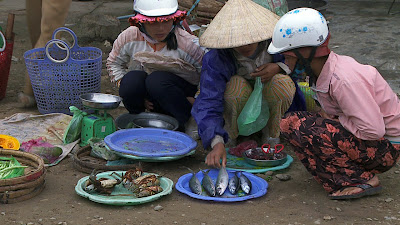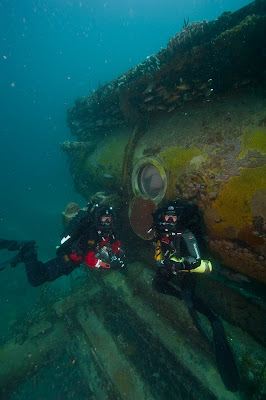
Ho Chi Min City, Vietnam - I honestly had no pre-conceived notion of what the Vietnamese culture, people or landscape would be. Sure, I have seen Vietnam portrayed through the lens of films, but as a student of medium I tend not to build my worldview on that which is spoon fed to me by Hollywood. The culture was a fascinating mix of incredibly industrious individuals who lived against an ancient backdrop of pagodas and rice paddies. The urban settings of Ho Chi Min, Da Nang and Hanoi were frantic and energized with motor bikes, shops selling all manner of consumables and large billboards promoting socialist agendas. Yet just outside these mecca’s were rural communities struggling to exist and support each other. On any corner, on any roadside there were individuals making the most of what they were given. If they lived by a river and could catch fish, it was fish they would sell. If they lived by mountain made of marble, they carved and sold elaborate statues made of marble. Everywhere I traveled, someone was selling something. At times I would simply think, who is buying? Then I realized it’s the local community that’s buying. There is no “one-stop” shopping in the Vietnam I visited. If you want building lumber you go where the wood is. If you need the nails, that’s next door. A hammer or saw, that’s down the road a bit. Each one of these stops supports individuals, not the stock options of shareholders or overseas mass produced products. While the American viewpoint would simply dismiss this shopping “inconvenience” as annoying, to the masses around the world this is life. To them, this community is their lifestyle. As an outsider looking in, this community seems to instill a greater sense of purpose among the individuals. Sure they are poor. Sure they want to improve their quality of life for their family, but so many were grateful for what they had – and most did not have much. It made me think when America reflected this sense of individual industriousness and community and how in our great quest for convenience we seemed to have lost it. We always seem to refer to countries like Vietnam as “developing” - it makes me question the end goal if America is the model of “developed”.





























